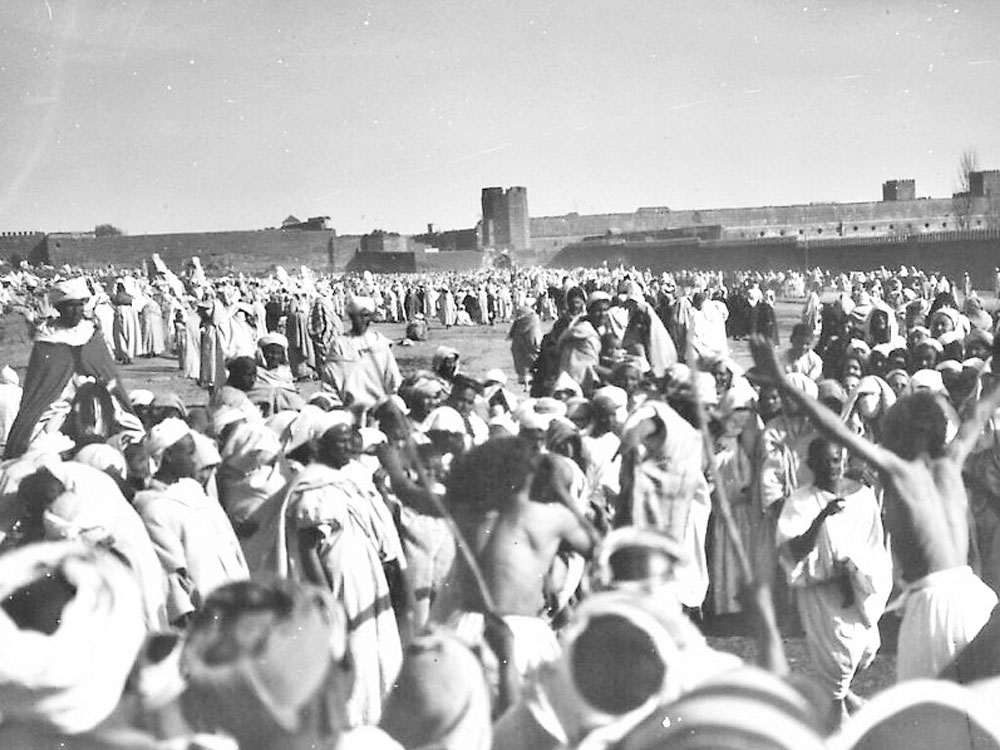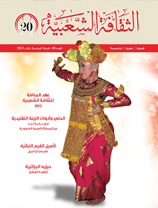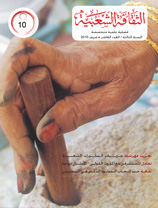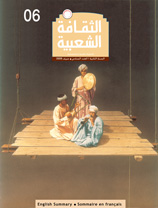The inspiring history of Sufism and unforgettable Sufi folk rituals in Morocco: The example of Issawi Sufism
Issue 55

Dr Abdul Aziz Amouri
Morocco
On several levels, research into the history of Sufi rituals is crucial because it reveals that Sufism was not just an individual inclination towards asceticism, serious worship and solitude. It was a ritual practiced in corners and at shrines in order to recruit and train followers. This was accomplished through a variety of rituals such as annual gatherings, which are known as ‘Sufi seasons’ in Morocco, through frequent ‘dhikr’ circles held in the corners, or at other religious events celebrated by Moroccans and other Islamic peoples.
This paper focuses on Sufi rituals that have become popular in Moroccan circles since the founding of one of the oldest Sufi orders in Morocco, the ‘Issawiya Way’ (school), which was founded at the beginning of the sixteenth century AD by Sheikh Mohammed bin Issa, a Sufi sheikh who was known as ‘Al Sheikh Al Kamil’ and ‘Al Hadi bin Issa’ in Moroccan circles. This Sufi school gained prominence during the rise of the Sects. Their sheikhs and followers gained moral authority and a strong influence over all social groups because of the supernatural abilities that were attributed to them, particularly during famines and economic crises when there was scarcity.
By helping to alleviate poverty at the dawn of the modern era and playing a role in determining the country’s fate, this Sufi group contributed to the activation of the role of the geographic space to which it belonged. For centuries, it had a balanced presence in various aspects of life spiritually, socially, and politically, and it provided people with safe havens.
The Issawiya sheikhs and their perceived ability to protect the poor appears to have bolstered their status in society. Protection on both a physical and moral level was essential, especially as people were afraid of dominance by other people and of natural forces. People began to believe the sheikhs had a blessed and amazing ability to confront threats.
The existence of this Sufi sect has been related to a plethora of community legends about them, their controversial and strange Sufi practices in the Moroccan Sufi reality, and their founder, who is still very much alive in the Moroccan conscious.
Rituals and practices are the best representations of the Issawiya mentality, and they have formed and continue to constitute a significant component of the practitioners' collective identity.
The rites discussed in this paper have resulted in significant changes to some parts of Moroccan culture and have popularised the Issawiya Sufi practice, bringing it closer to people and more in line with Moroccan thinking.




































































